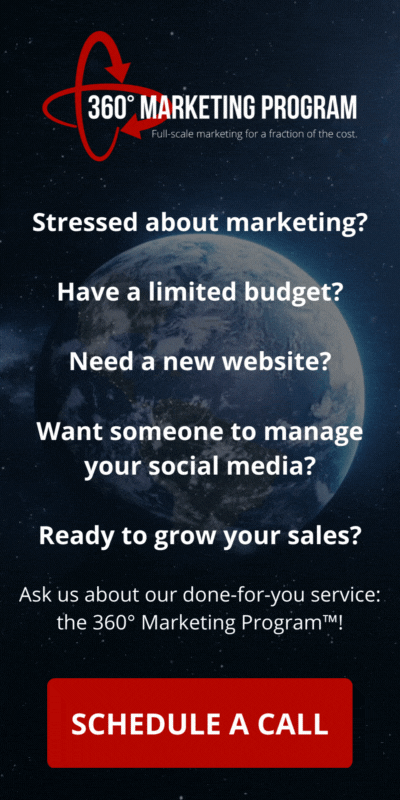New businesses are often optimistic about their survival, but the truth is that many fail immediately. When it comes to small businesses, Fundera reports that 20% of these enterprises fail within their first year of establishment. 30% of these businesses are predicted to fail within the second year, while around half will fail after five years.
This high failure rate may be a bitter pill to swallow, but entrepreneurs need to be aware of this statistic so that they can plan for the long-term survival of their business. So if you want your business to keep thriving five, ten years down the line, then it’s time that you establish a long-term plan.
The Importance of a Long-Term Business Plan
The world of business is tough, so you need a plan that doesn’t just ensure your survival, but also your success. Chron explains that long-term planning aligns your projects and operations with your business goals, thus allowing you to sustain the growth and financial health of your business. This process involves specific timelines and milestones, allowing you to execute strategies for the needs of your customers, employees, and business.
For the long-term success of your business, The Balance recommends that you update your long-term plans throughout the lifecycle of your business. By doing this on a regular basis, you can assess the factors that affect your business’ success, like your sales, cash flow, and contingency plan. As a result, you’ll be able to realistically strategize for the future based on your business’ present conditions.
The Fundamentals in Creating a Long-term Business Plan
Identify your vision for the business
It can be hard to plan for the future, especially if you don’t have a specific idea of what success looks like for your business.
So before you start doing long-term planning for your business, try to revisit your vision statement to assess if it still aligns with your current goals. Your vision statement will serve as a compass for the next moves that you have to make, so you can revise it or add a few statements for your future plans. Once you’ve identified your vision, it’ll be easier to lay down concrete steps like budgeting and timelines for your business’ long-term success.
Create a strategic plan for your team
If you want long-term success for your business, it’s time to invest in your team.
A talented workforce can turn your company vision into a reality, but, unfortunately, insights by LHH on employee growth found that 79% of CEOs are worried about the availability of skills in the job market. Due to the talent shortage, your business should enhance your current workforce by assessing how their current skills align with your future plans, and investing in the upskilling of your employees for your future needs. This means planning for learning and development budgets, offering workshops, and much more.
Cultivate a strong business brand
Resting on your laurels won’t do your business any favors. Instead, you want your business to age like fine wine by investing in your brand.
Though it takes a lot of effort to rebrand, our article on Tips for Branding Your Business emphasizes that a good brand will have a lasting impression on your consumers. Your brand conveys what you have to offer to people, which is why you’d want to cultivate a positive image that consumers will remember for many years. You’ll need to invest in advertisements and logo designs for this but, in return, a strong brand image will increase both brand recall and customer loyalty.
Long-term planning is one of the keys to business survival and success. Assessing you current condition and goals is key to identifying steps that you need to take for the growth of your business. While these processes can take time and effort, the long-term rewards are well worth it.


